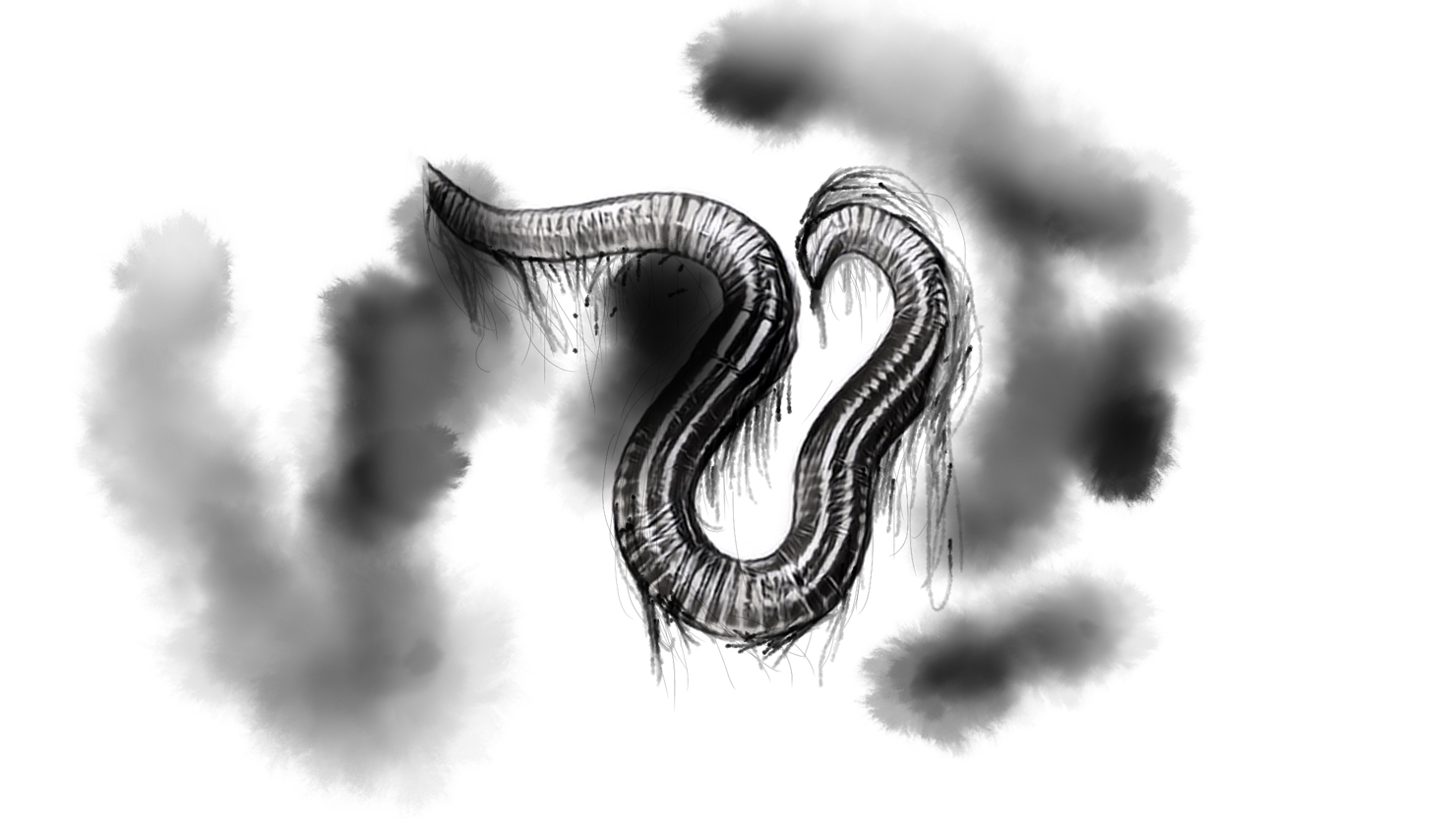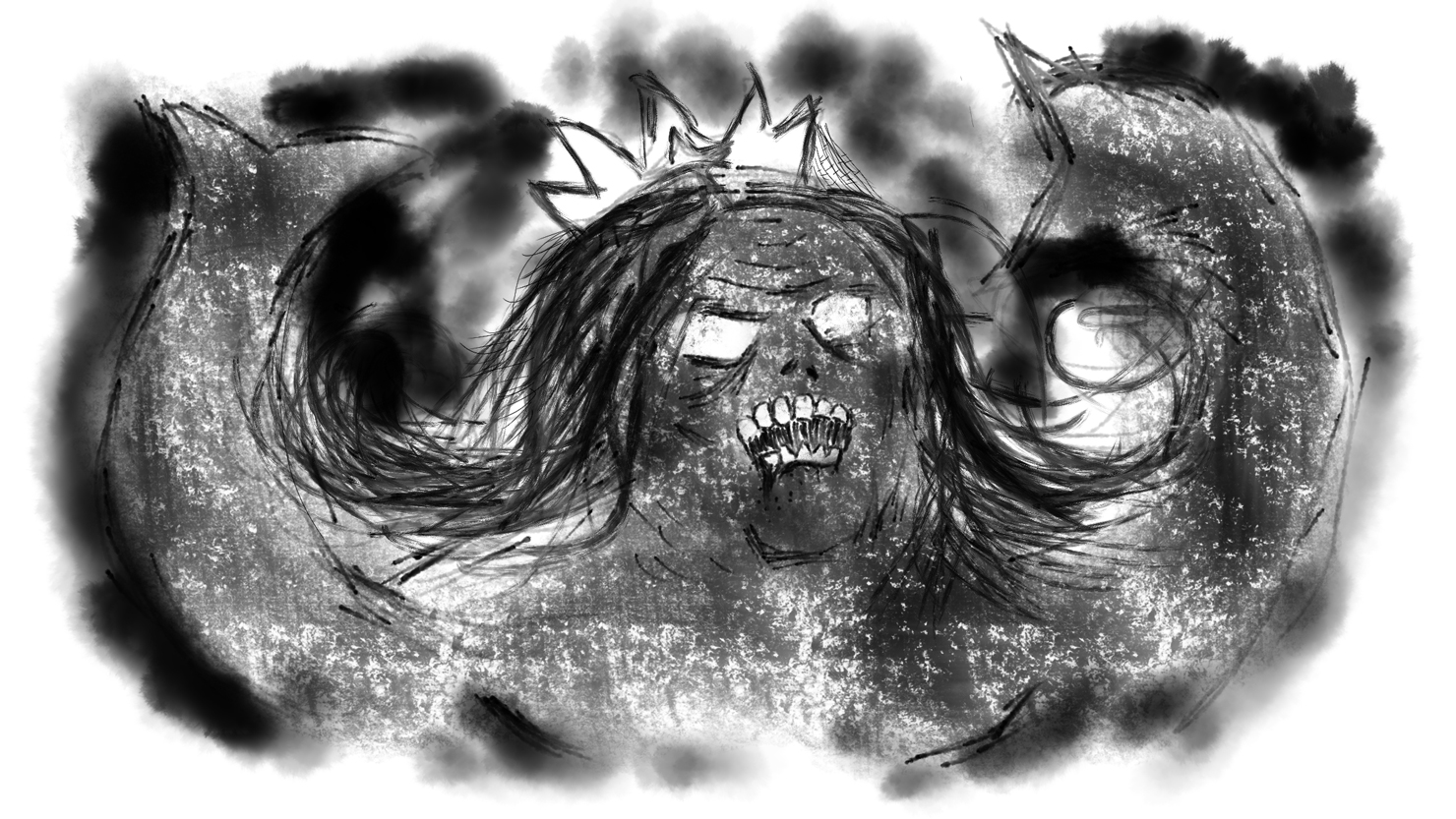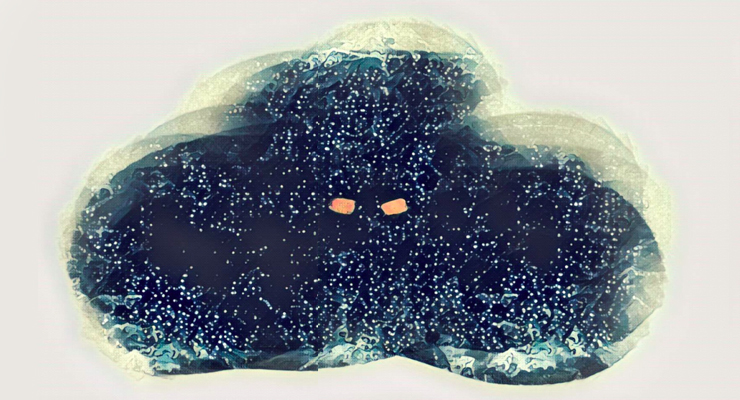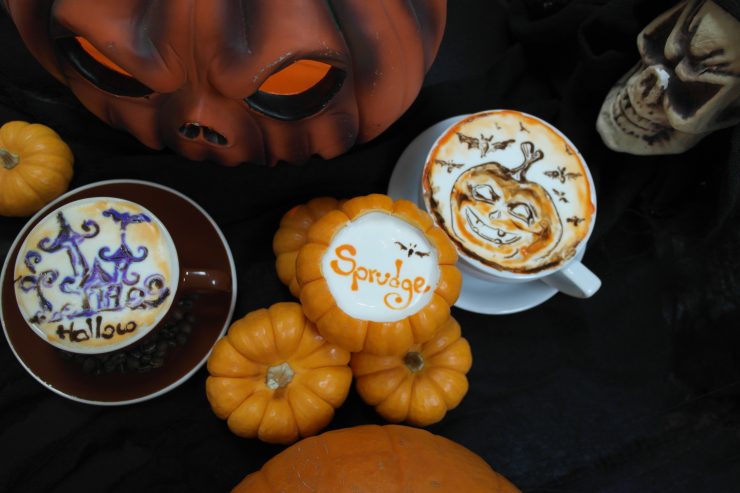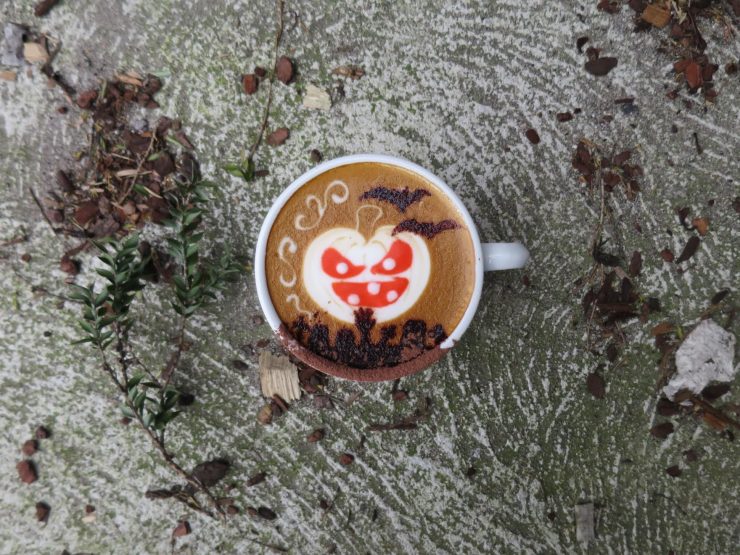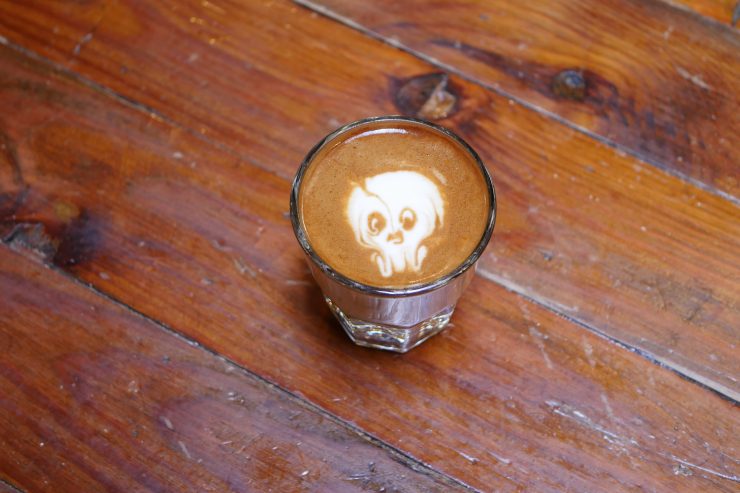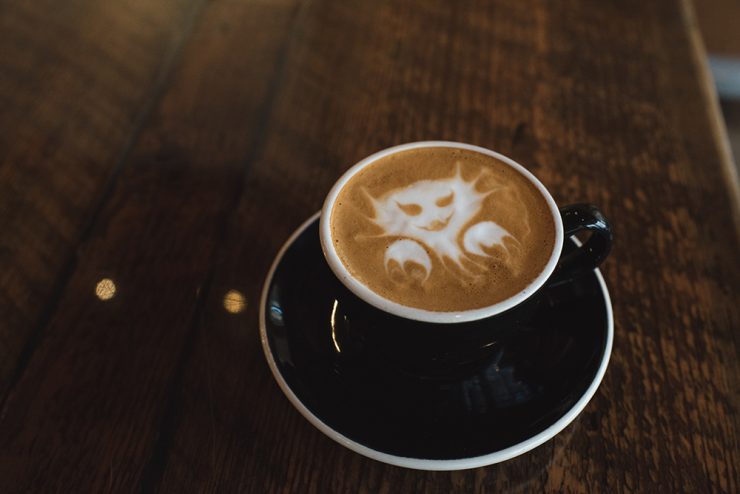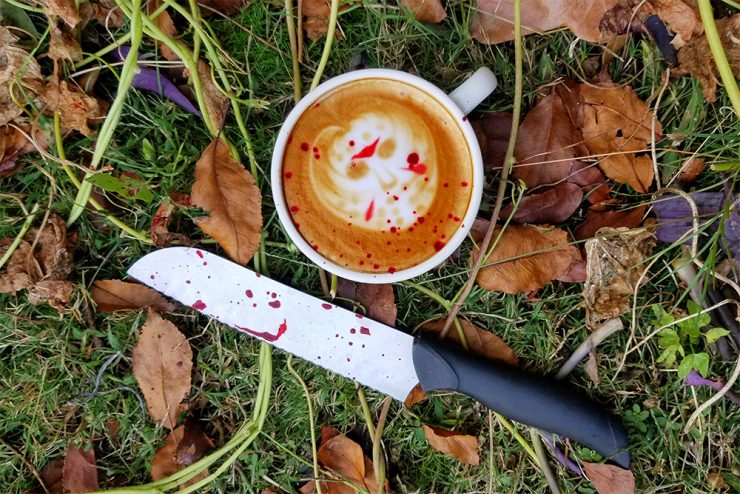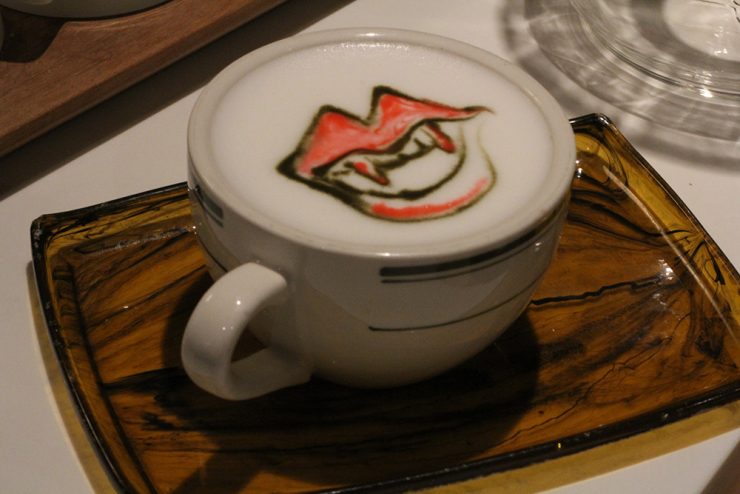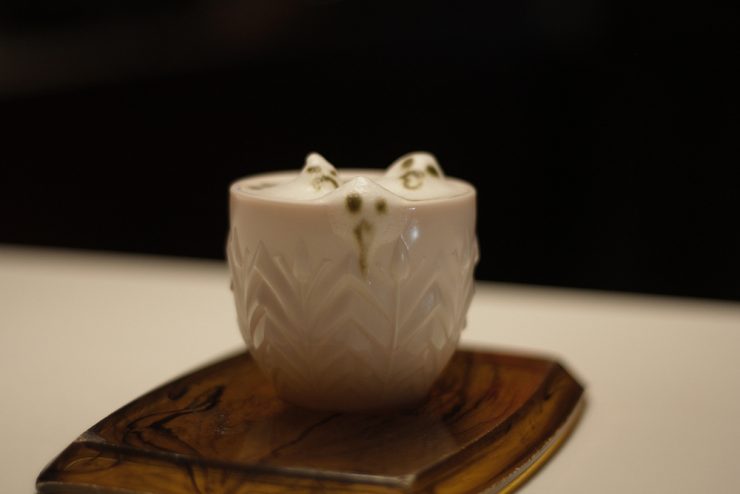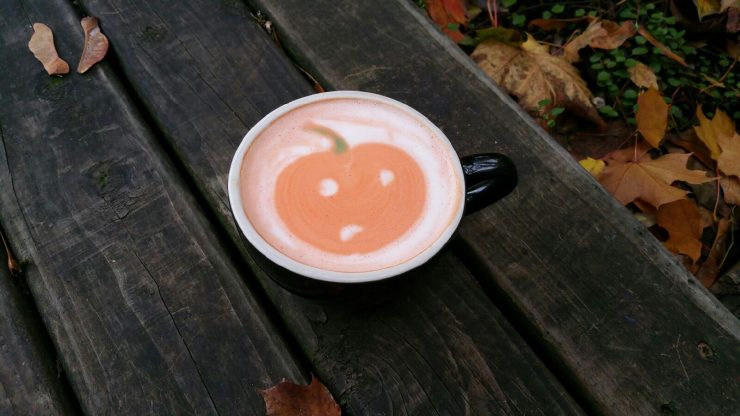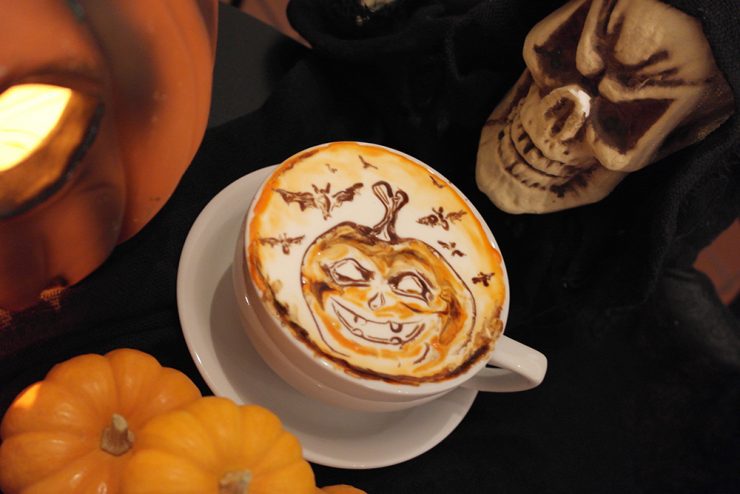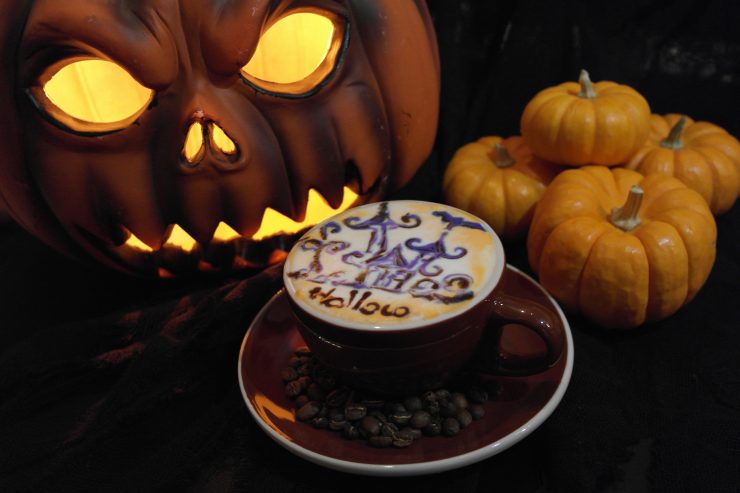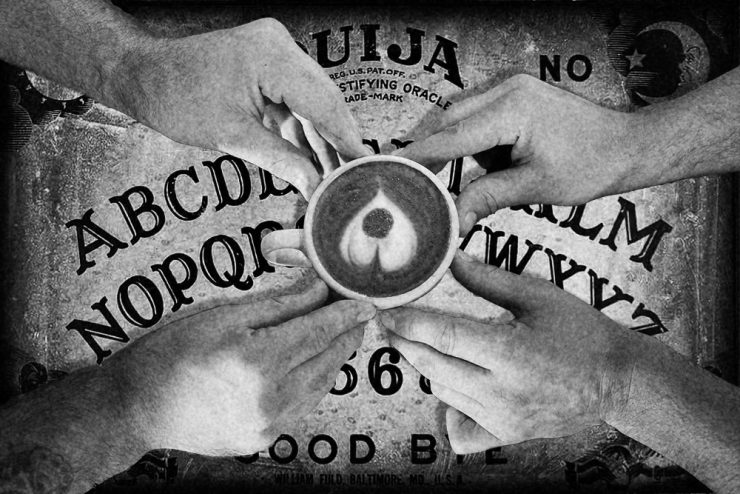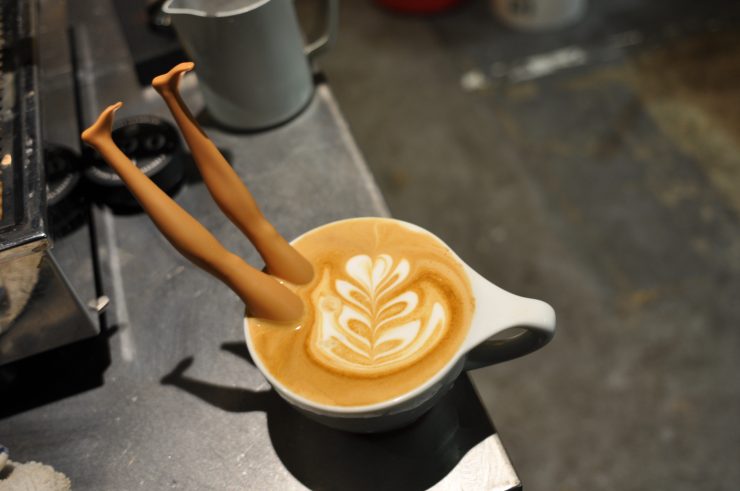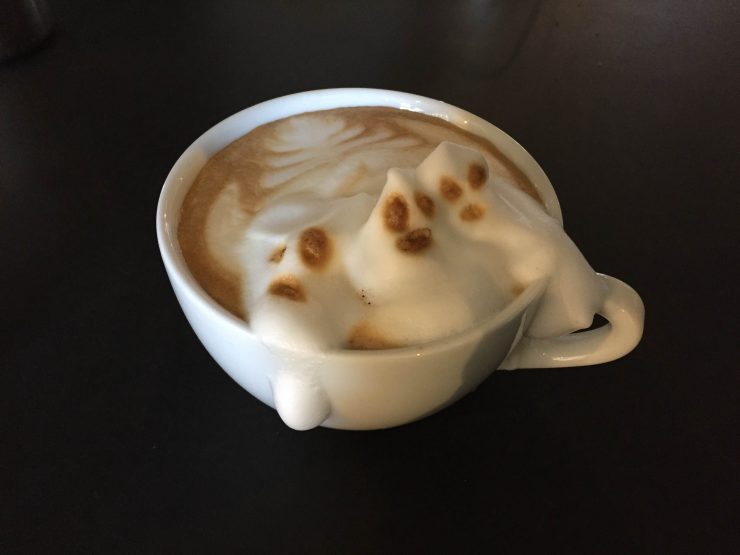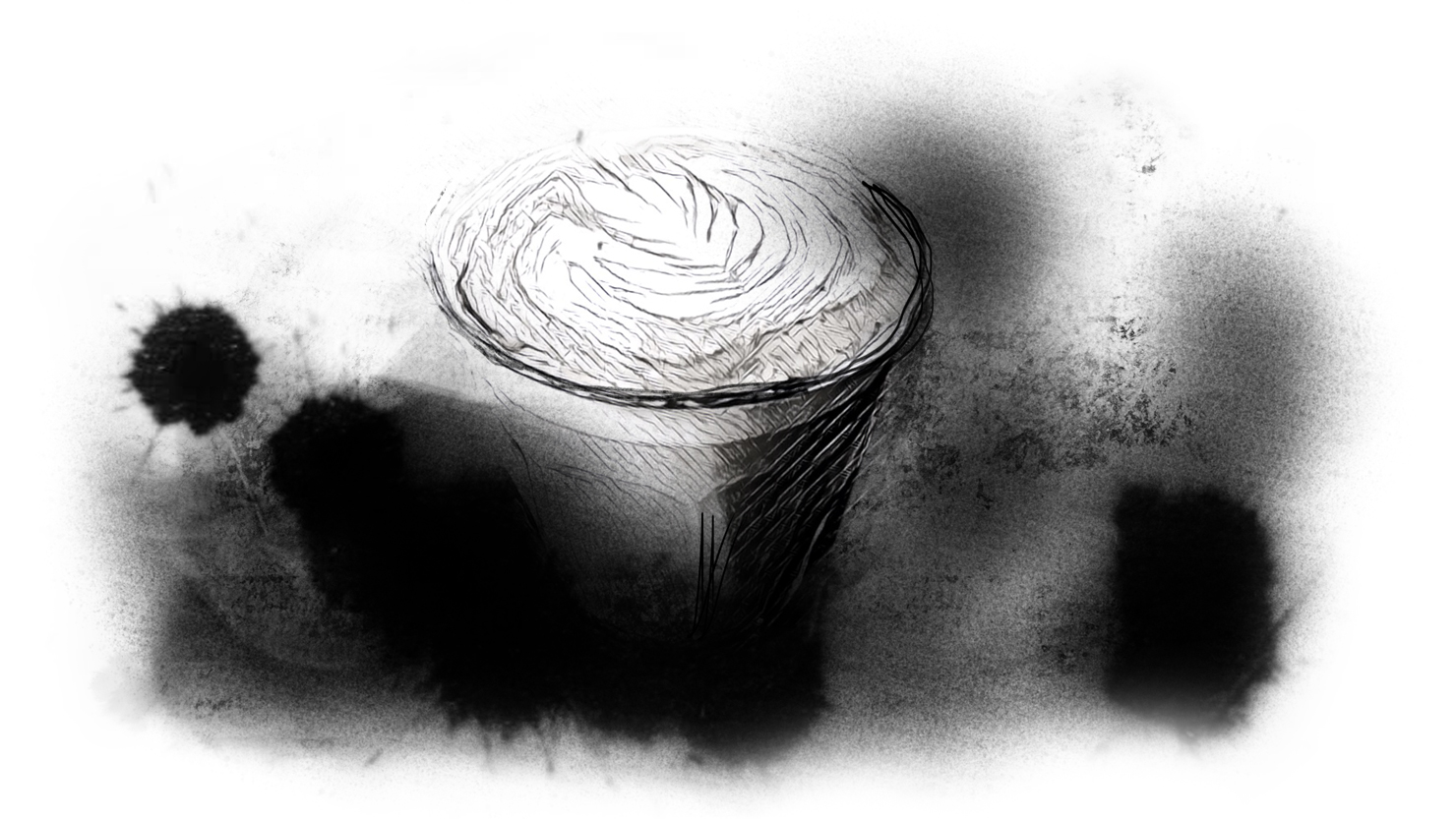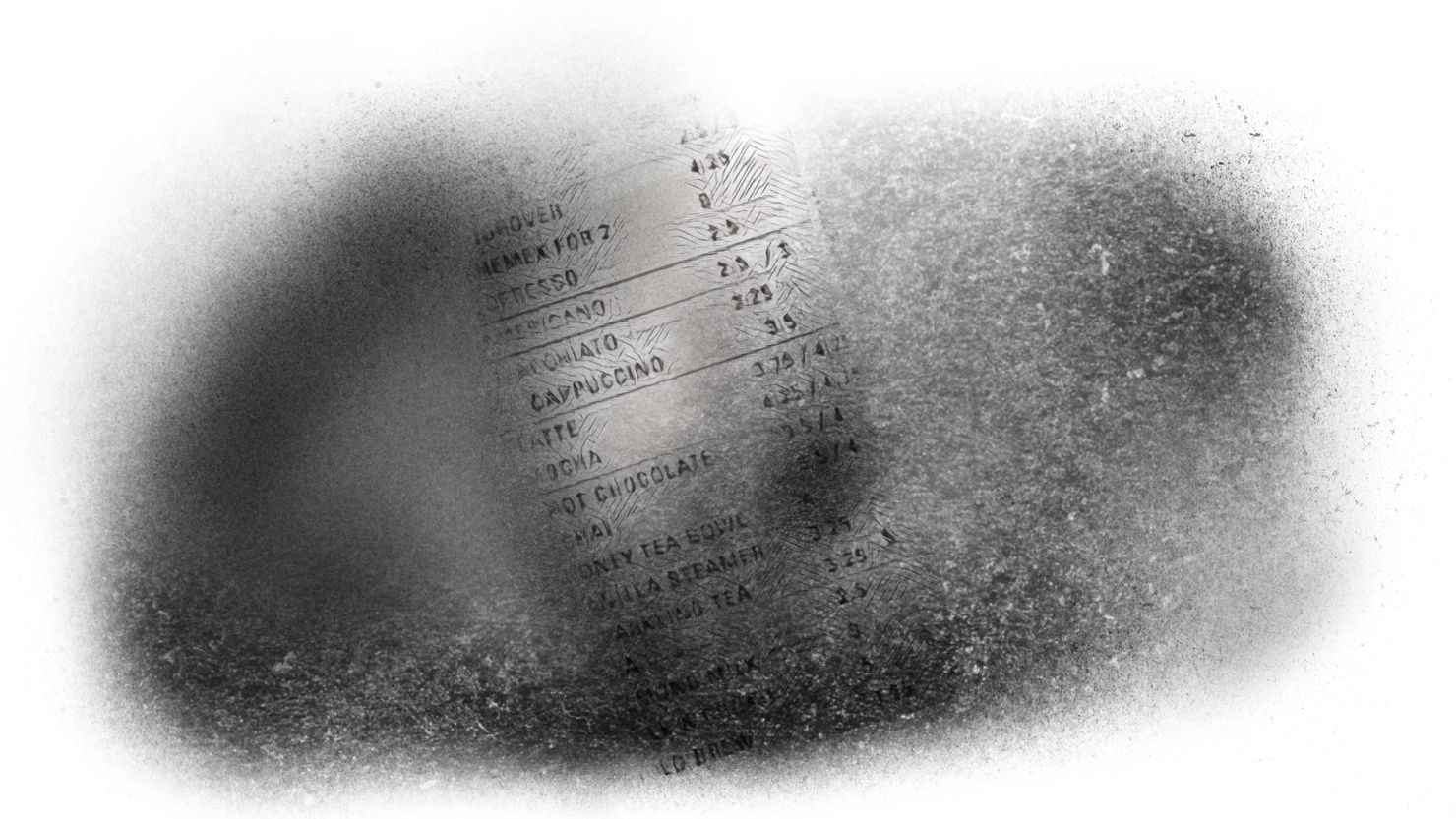
“He’s the kind of man I moved to New York to find. This cultured man. This foreign man. This man who had been all around the world, and he really has! Surfing in Indonesia, family trips to Greece—which is so smart because their economy just sucks there and everything is super cheap right now. Anyway, he’s done all these things and somehow at the end of the day, he wants to see me. He wants to stand in line waiting an hour for ramen with me and I don’t know how it happened!”
Susan was not being modest as she Skyped with her younger sister Mary, who seemed like she might be forever stuck in Conyers, GA. Not only had Susan made it out, but she had become a successful New York career woman who was now dating a dashing Australian photographer. Sure, her job as an insurance underwriter wasn’t glamorous, but the work day flew by as she daydreamed about what New York adventure she and Colin would have that evening.
Everything about Colin seemed to have been plucked from Susan’s dreams of a perfect man. First, he was a solid six inches taller than her: no small feat considering she herself was tall at 5’10″. His height made it so that her head fit perfectly under his chin on their many Uber rides home, from authentic ethnic dinners in Jackson Heights or immersive underground theatrical experiences in Bushwick.
Then there was his pure, uncompromising Australianness. His passionate pride for his hometown of Canberra. The way he said “Cheers!” to the waitstaff after ordering. And his accent. What an accent! She’d shed her own light Southern twang just before moving to New York. His Australian accent was surely much more dignified than hers had been. It communicated that he had experience, knowledge, ruggedness, and endless charm. In just four months, he had shown her more of the world through his endless curiosity for different New York City cultures than she ever could have imagined as she worked through Conyers’ outdated high school textbooks.
On an unseasonably warm October morning, Susan left her Murray Hill apartment (the affordable part of Manhattan!) ready for it to be 5:00pm already. Colin had been on assignment the previous night, but tonight he’d make up for lost time by taking her to a speakeasy on the Lower East Side where the password for entry was the answer to an old Irish riddle. How did he find such places? She texted “Can’t wait for tonight!” to him and strolled into her neighborhood coffee shop beaming with joy that this was her life. Now, every day was a balance of satisfying routine and unexpected wonder. She approached the cashier.
“Could I have a flat white, please?” she asked.
“I’m sorry, what is that?” the cashier replied.
Susan wondered for a few seconds if she had seen the cashier before. The flat white was an off-menu order, for sure, but in the dozens of times she had been to the shop since Colin had taught her about the incredible coffee beverage from his native land*, no one had ever asked her what a flat white was. She looked over to the espresso machine and recognized the barista. She had efficiently and warmly prepared Susan’s flat whites most mornings and Susan even felt compelled to throw something in the tip jar for her (on occasion).
“She knows what a flat white is,” Susan calmly stated as she pointed at the barista.
“Hey, Emily,” the cashier called. “Do you know how to make a flat white?”
“I have no clue what that is,” Emily said without looking up from her work.
Susan was starting to get annoyed. She had left herself plenty of time for her morning coffee before work but it was essential to her productivity that she be able to sip her preferred drink on the train ride to SoHo. She composed herself and moved toward the barista’s end of the counter.
“You’ve made it for me before. It’s kind of like a smaller latte,” Susan said with a forced smile.
“I’d be happy to make you a cappuccino,” Emily replied. “It’s basically what you’re asking for and we make really good cappuccinos.”
Susan bit her lip and then looked behind her at the long line of people who were clearly getting irritated with this exchange. “No thanks,” she said to the barista and quickly walked out of the shop.
She was a bit ruffled by the bizarre encounter but she needed her coffee and knew that there were plenty of good coffee shops on the way to the train. She stopped in a shop that had an A-frame sign advertising that they had just been named one of the top ten shops in New York—by Thrillist, or maybe it was Eater? Surely such a well-regarded establishment would be able to make her a delicious flat white. Perhaps they’d even become a part of her morning routine after Emily’s betrayal. She reached the cashier after waiting a little too long in line.

“Flat white, please,” she said without her customary politeness.
“I don’t know what that is,” the cashier responded. “Would you like to see a menu?”
Susan felt the room start to spin. “Long black?” she blurted.
“Excuse me?”
“Do you make a Magic??”
“We make-a a…you mean coffee?”
“SMASHED AVOCADO TOAST?!?”
“Zagat says our bacon, egg, and cheese is terrif…”
Susan rushed out of the shop and struggled to breathe. She grabbed her iPhone out of her purse and went straight to Google, where she typed “best flat white in New York City.” In less than a second, Google responded:
“No results found for best flat white in new york city.”
Susan started to wander aimlessly as she lost all sense of time and space. Thrown off of her reliable morning routine and sent into a tailspin of uncertainty, she stared at the ground as she slowly walked down the sidewalk muttering, “No more flat white? No more flat white?”
“Looking for flat white?” a deep voice whispered behind her. Susan quickly turned around to see a glamorous woman in a black jumpsuit lurking in a dark alley.
“Do you know where I can get one?!?” Susan asked, her eyes welling with tears.
“Follow me,” the mysterious woman replied.
Normally Susan would never follow a stranger down a dark alley but a life without flat whites seemed hardly worth living. She kept close behind the woman who confidently strode to a metal door and knocked rapidly. The door opened into a pitch black room. The woman charged in and Susan followed without hesitation. The door slammed and Susan felt many hands grabbing her and forcing her into a chair. She screamed as her arms were tied down. Finally, after she was securely bound to the chair, a dim light came on. The mysterious woman stood in front of her alongside a black-clad old man who looked angry and puzzled.
“Asking for flat whites, were you?” he barked.
“This wasn’t supposed to happen,” the woman interjected. “You were all supposed to forget.”
“Please, please! What is going on?” Susan cried.
“We are a very powerful faction of concerned citizens known as CDAC,” he stated angrily. “It stands for ‘Committee for the De-Australianization of American Coffee’. Overnight, we have wiped the concept of Australian coffee from the collective consciousness of all New Yorkers. Somehow, you were unaffected.”
“But… but espresso beverages don’t even originate in America!!” Susan replied, bewildered.
“Beside the point!” he yelled with one finger in the air. “Australians with their culture of perfectly good coffee should have kept to themselves. You can’t expect New York baristas to keep track of all these silly drinks! New Yorkers must be allowed to discover coffee on their own terms, through americanos and macchiatos prepared by their own disaffected youth!”
All color drained from Susan’s face. This was a capable group indeed and their grand scheme had not worked on her. She was a danger to all they had worked to accomplish.
“Are you going to kill me?” she whimpered.
“Of course not,” the mysterious woman said as she rolled her eyes. “We’ll let you go.”
Susan had been holding her breath and she finally allowed herself to exhale as a few tears ran down her cheeks.
“After you’ve had a cappuccino,” the old man added.
Two more women in black jumpsuits rolled out a cart with a single-group espresso machine, grinder, and pitcher of milk. One glared at Susan as she ground coffee into a portafilter, tamped it, and locked it into the machine. As espresso steadily pooled in the cup below, she purged her steam wand with her nose upturned, sank the wand’s tip just below the surface of the milk, and introduced air with a pillowy “chhhhhhhhh” sound.
“No!” Susan yelled. “That’s too much air! I can hear that that is too much air! Please stop!”
The woman snarled as she turned off the steam wand, picked up the pitcher, and poured velvety steamed milk into the cup. She presented her work to Susan. An eight-tiered tulip stared back at her.
“That milk texture is too dense! You should hardly be able to pour any latte art in there!” Susan screamed.
“Drink it,” the woman commanded.
Susan considered her options and quickly reasoned that this powerful group could easily ruin other parts of her life if so compelled. She could find one day that all kale had been replaced with iceberg lettuce. She could walk into the Strand Bookstore only to discover there were no traces of any work by Jonathan Safran Foer. She knew what she had to do. She parted her lips and let the woman pour the cappuccino into her mouth. She obediently swallowed large gulps of espresso and steamed milk in an effort to get past this unbearable trauma.
And then, in a flash, she was free and began a slow, bewildered stumble back to her apartment. She couldn’t go into work today knowing that she would have to resign herself to a life of morning cappuccinos instead of the sweet ephemera of a thinly textured flat white. She looked at her phone. Her text message to Colin remained undelivered. She needed to call him. It wasn’t possible that CDAC had wiped the memory of flat whites from the minds of actual Australians, was it? She tapped his name in her recent calls. The phone rang and rang and rang.
Eric J. Grimm is a Sprudge contributor based in New York City, writing on pop culture and film. Read more Eric J. Grimm on Sprudge.
* Editor’s note: Actually the flat white was invented in New Zealand.
The post No More Flat Whites appeared first on Sprudge.
from RSSMix.com Mix ID 8200593 http://sprudge.com/no-flat-whites-110266.html?utm_source=rss&utm_medium=rss
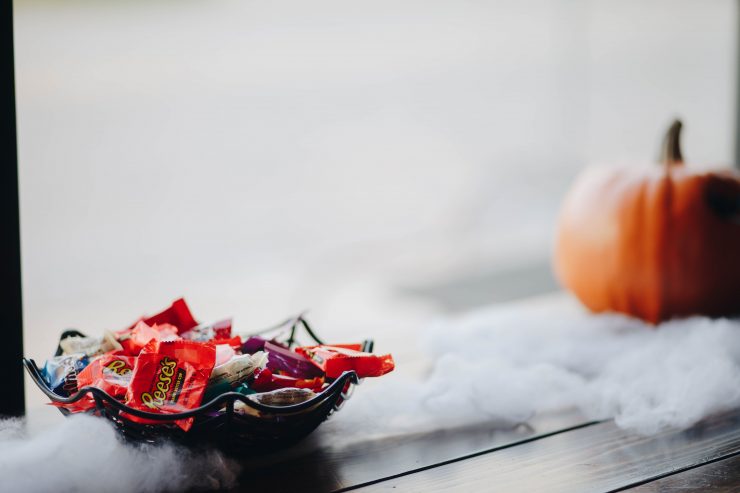
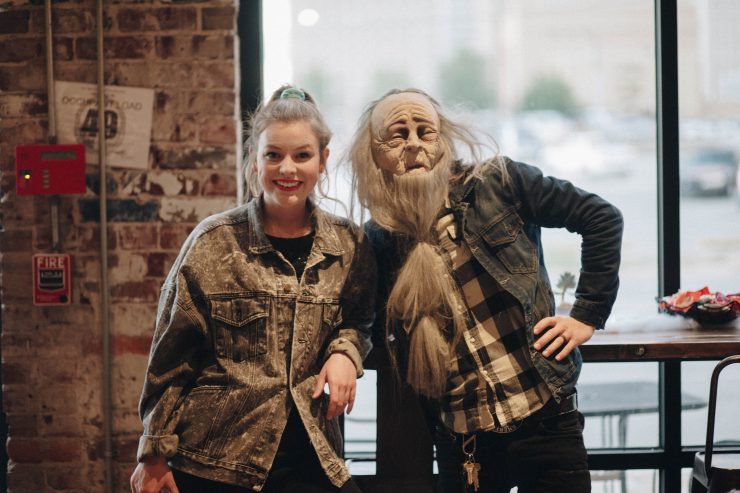
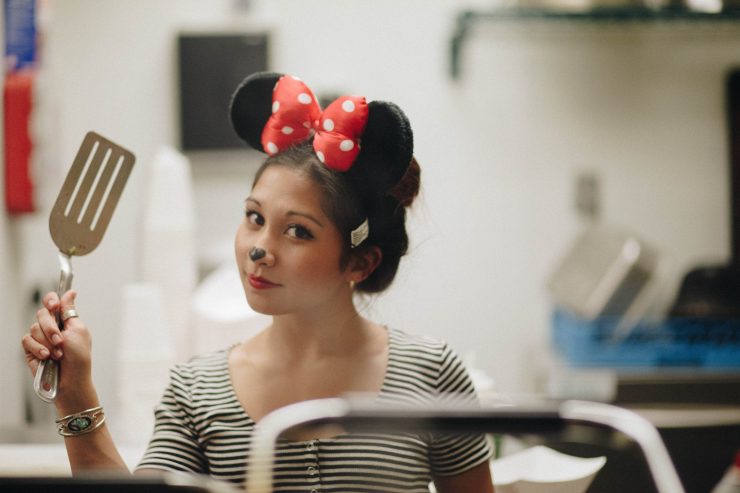
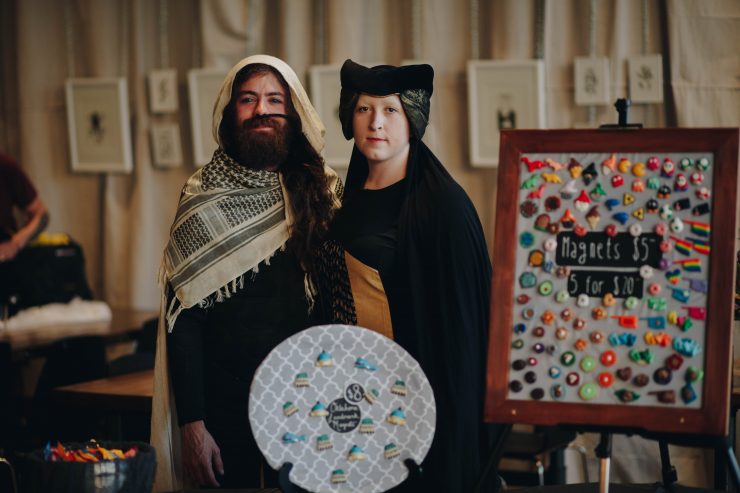
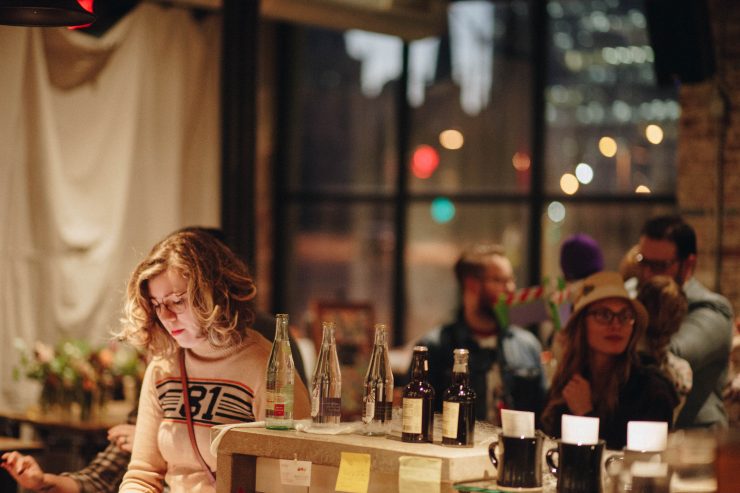
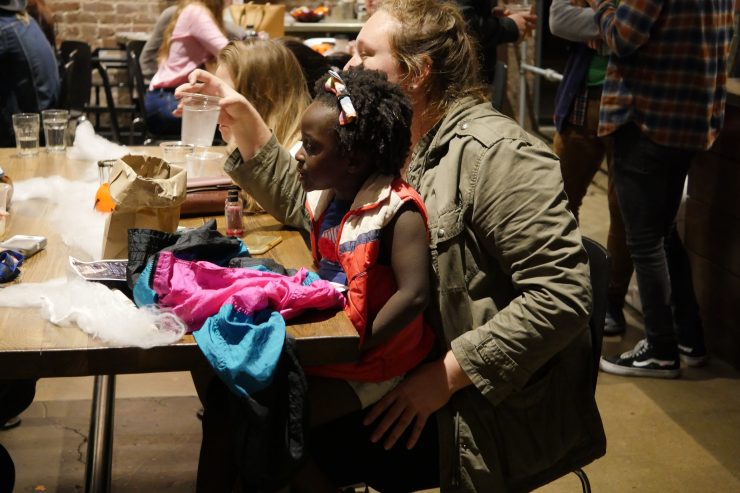
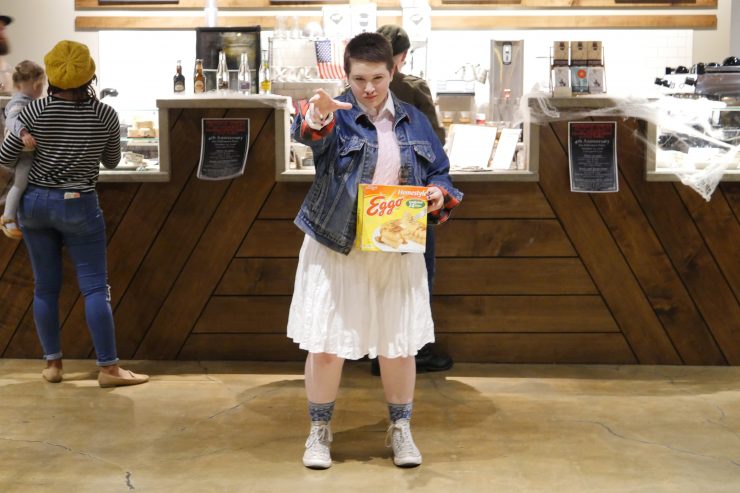
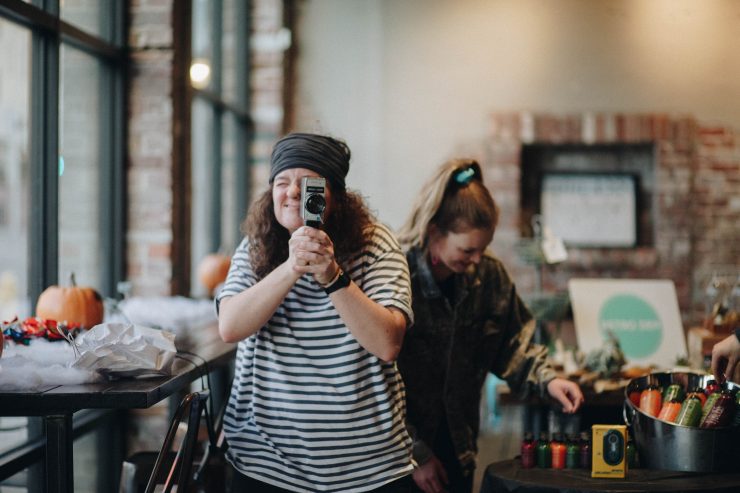
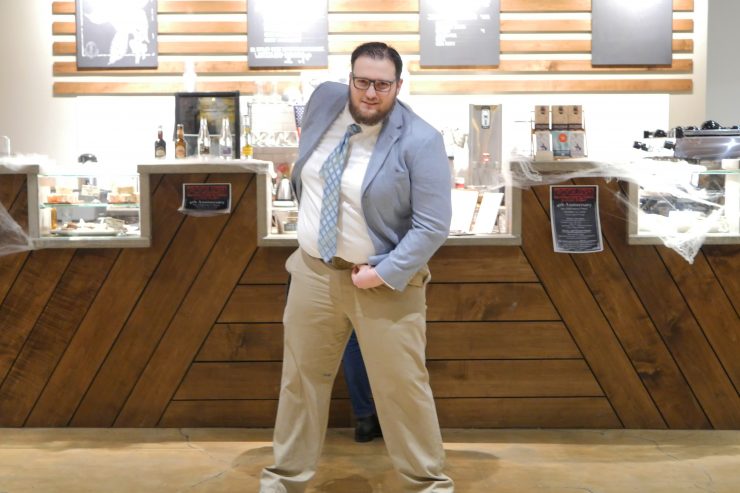
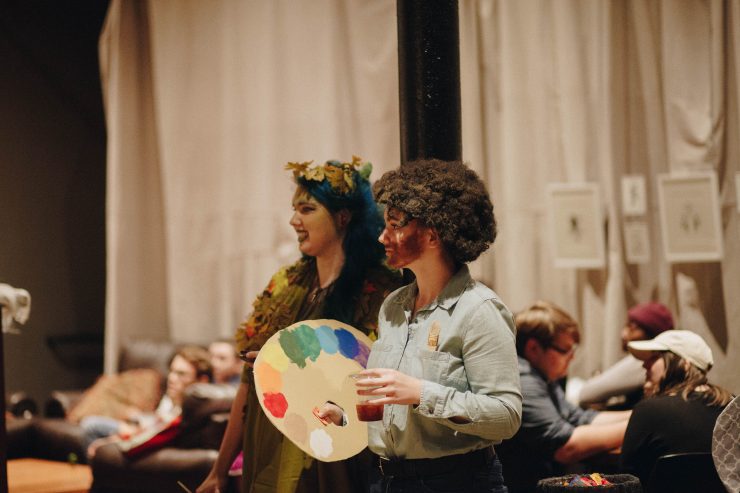
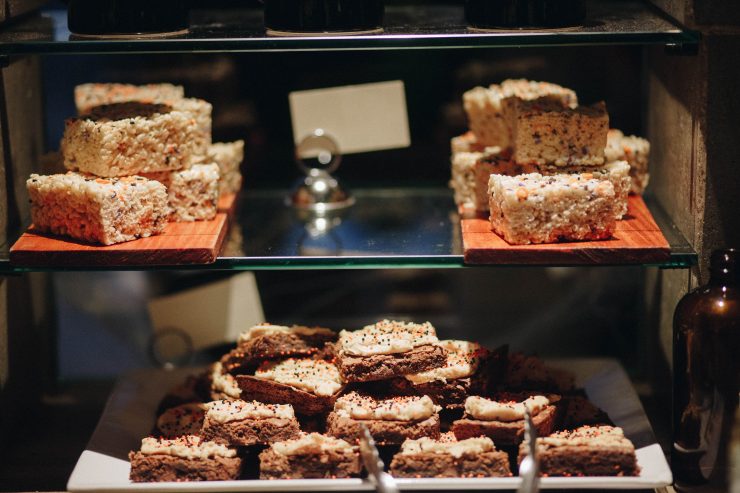
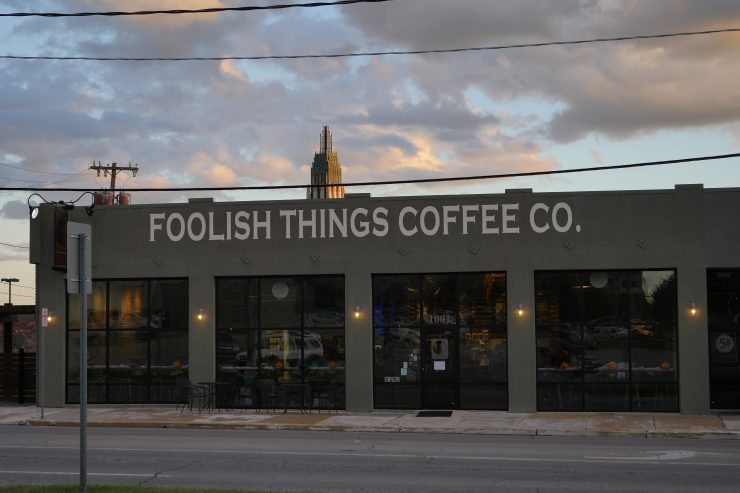
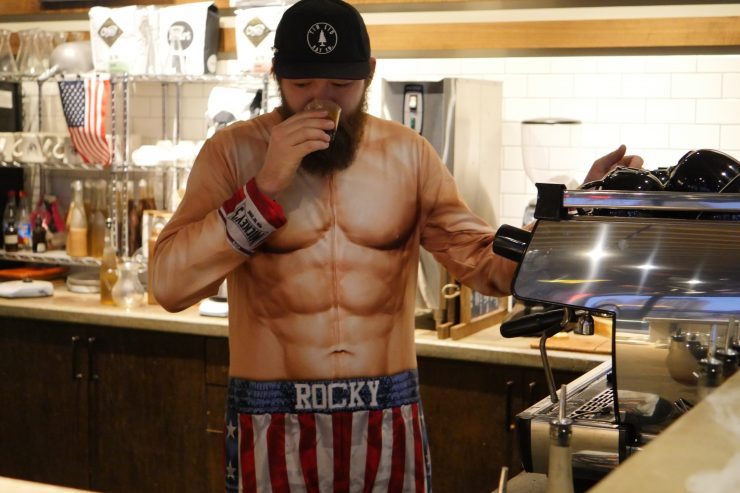
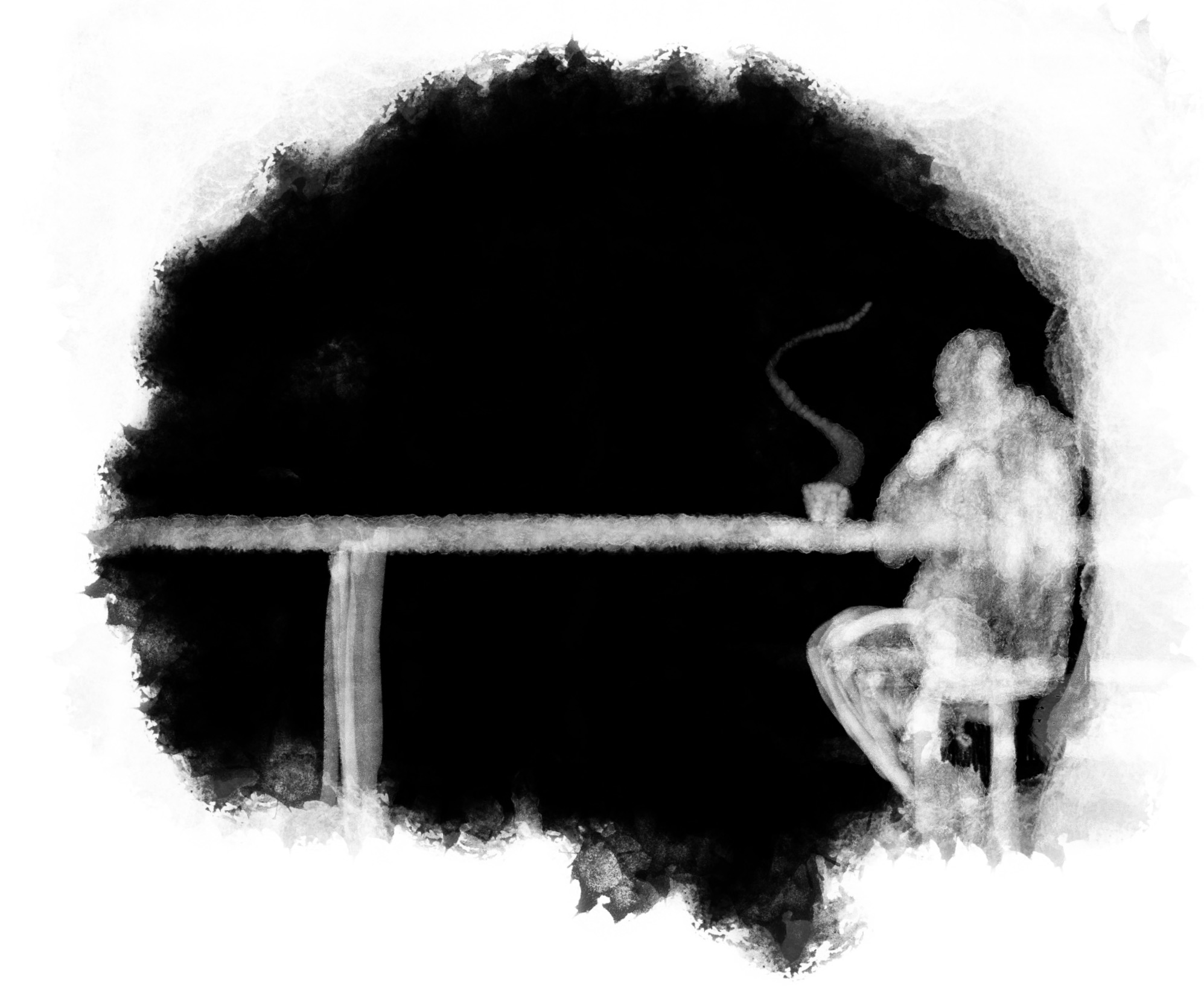


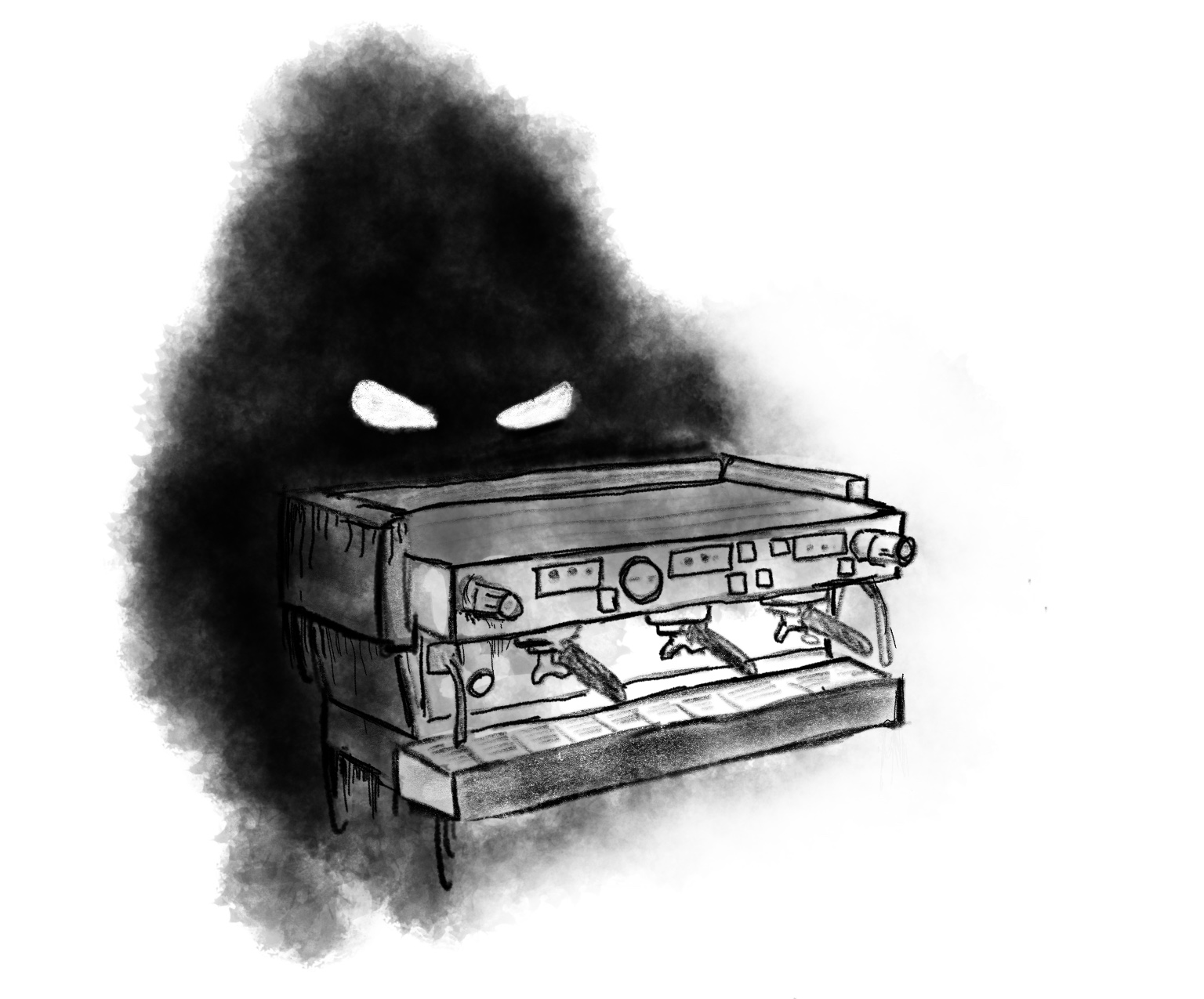 As Charlie sped to her opening shift on a single speed road bike, the heavy rain was pouring. Her front bicycle tire caught itself on the main street’s tram tracks—thwack!—and Charlie flew over the handlebars. It was 5AM and the street was quiet; no one was around to witness the embarrassing tumble. Save for a few scratches and a big bruise on her elbow, Charlie was fine, limping back to her bike to continue the trek to the coffee shop. She started to pedal and heard a monstrous wheezing laugh from the corner. The laugh became more maniacal and Charlie pedaled faster.
As Charlie sped to her opening shift on a single speed road bike, the heavy rain was pouring. Her front bicycle tire caught itself on the main street’s tram tracks—thwack!—and Charlie flew over the handlebars. It was 5AM and the street was quiet; no one was around to witness the embarrassing tumble. Save for a few scratches and a big bruise on her elbow, Charlie was fine, limping back to her bike to continue the trek to the coffee shop. She started to pedal and heard a monstrous wheezing laugh from the corner. The laugh became more maniacal and Charlie pedaled faster.

